(NLDO)- Nam Giao Altar is a relic belonging to the World Cultural Heritage of Ho Dynasty Citadel, built in 1402 under the reign of King Ho Han Thuong.
The altar is located in the old Cao Mat commune, now Vinh Loc town, Vinh Loc district, Thanh Hoa province, about 2.5 km southeast of Ho Dynasty Citadel, about 45 km northwest of Thanh Hoa city along National Highway 45.
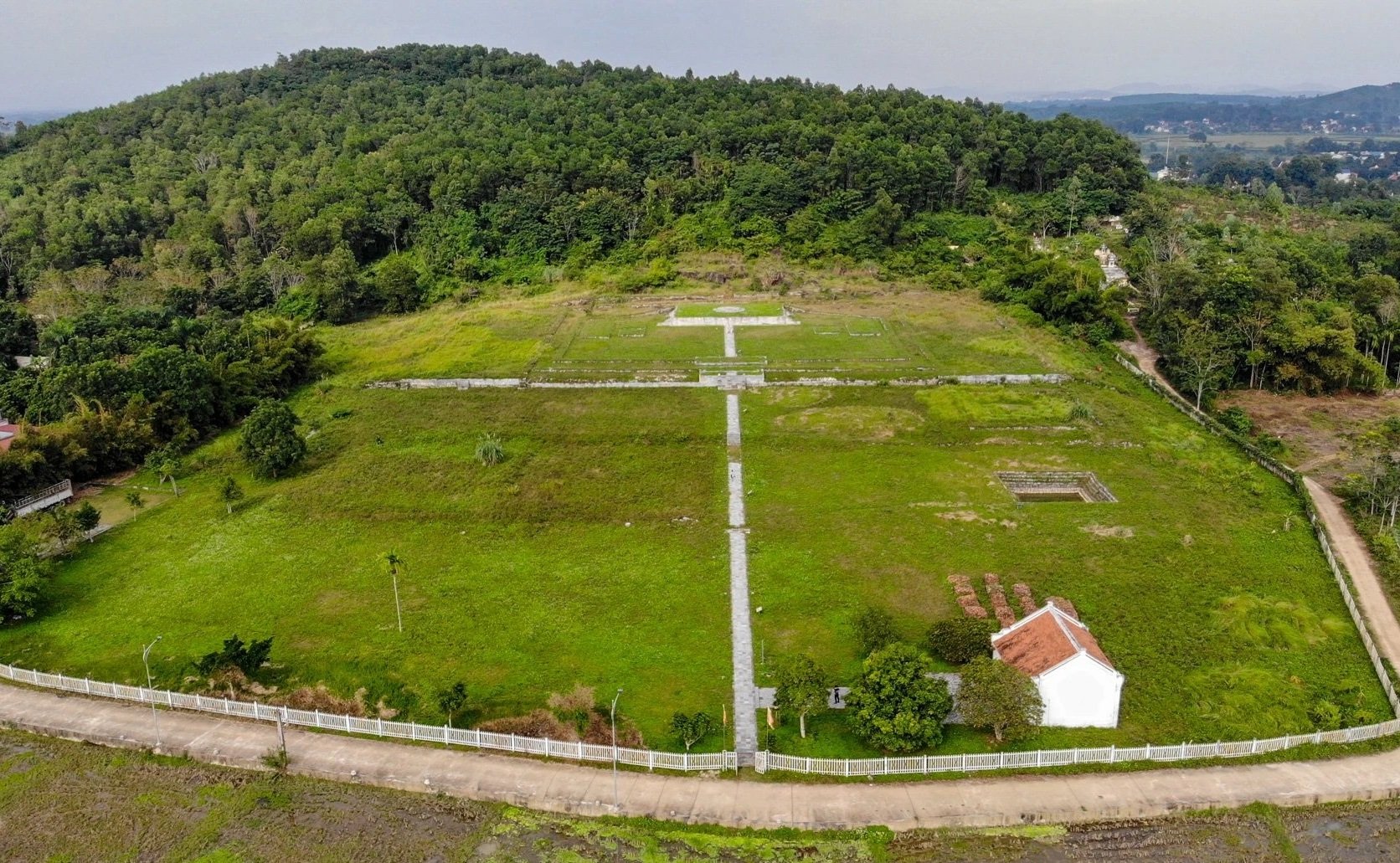
Nam Giao Altar (Vinh Loc town, Vinh Loc district, Thanh Hoa province) today
According to documents from the Ho Dynasty Citadel World Heritage Conservation Center, in the year Canh Thin (1400), after ascending the throne, Ho Quy Ly established the Ho Dynasty with the name Tay Do (also called Tay Giai) to distinguish it from Dong Do (Thang Long, Hanoi).
After 2 years on the throne, Ho Quy Ly abdicated the throne to his second son, Ho Han Thuong (in 1402). As soon as he ascended the throne, this king ordered his courtiers to build the Nam Giao altar.
Every year, the Ho Dynasty held a ceremony to worship heaven and earth, praying for national peace and prosperity or for general amnesty at the Nam Giao altar. The word "Giao" means a ceremony to worship heaven in the south of the capital, this ceremony is often called the Nam Giao ceremony, the place where it is performed is called the Nam Giao altar.
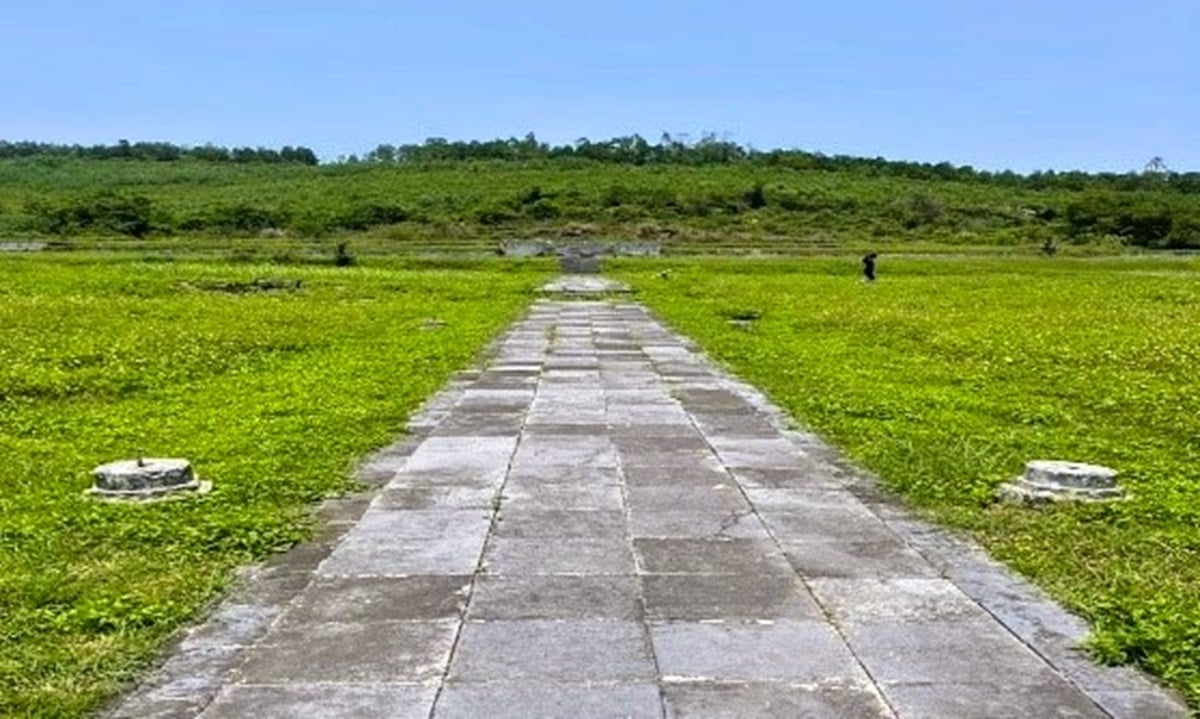
The sacred path leading to the Nam Giao altar
The Nam Giao ceremony is considered the most important ceremony under the monarchy, affirming the legitimacy of the dynasty, the authority of the emperor to follow the mandate of heaven to rule the world and only the king has the right to perform it. The book Dai Viet Su Ky Toan Thu records: "Nham Ngo 1402, August, Han Thuong ordered the construction of the Nam Giao altar in Don Son to hold the Giao ceremony, pardoning the world. On the day of the ceremony, Han Thuong sat on the Van Long palanquin from the south gate".
Due to historical events, time and war, the Nam Giao altar was almost buried and gradually became ruins. However, during the excavation process at the Ho Dynasty Citadel and the expansion of the archaeological excavation area, the Nam Giao altar was gradually revealed in an area of about 2 hectares.
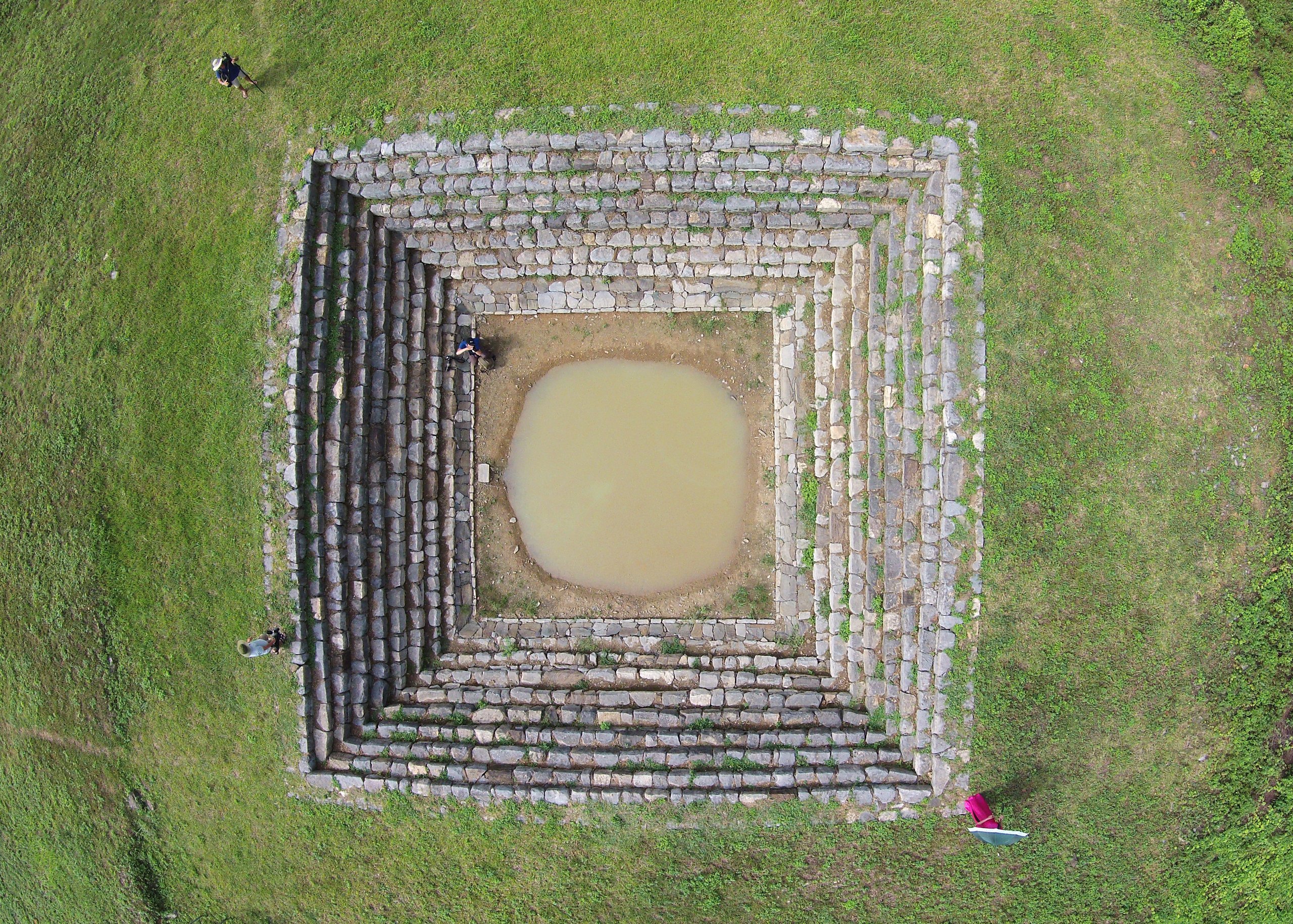
The King's Well in the Nam Giao Altar Area
According to Mr. Nguyen Van Long, Deputy Director of the Ho Dynasty Citadel World Heritage Conservation Center, the Nam Giao Altar is about 18,000 m2 wide, with its back leaning against Don Son (Dun Mountain), and the front is Nam Giao field, consisting of many levels of surrounding ground, gradually narrowing from low to high. Leading to the center of the altar is a sacred path paved with smooth, neatly arranged green stone slabs. This path used to be the path leading the king and his courtiers to the most sacred place of the altar to perform the ceremony.
At the highest position, in the middle of the altar is a large round stone block (altar stone), 4.75 m in diameter, surrounded by square stone walls, according to the concept of round sky and square earth. Here, many architectural vestiges of the surrounding foundation levels such as upper foundation, middle foundation, and lower foundation are still preserved.
Right next to the sacred path is the royal palace, on the left, which has not yet been fully excavated. According to legend, before the ceremony, the king had to go to the palace 7-10 days in advance to fast (rest, eat vegetarian food, play chess and recuperate). That is, only after fasting and cleansing, could the king pray for favorable weather, favorable terrain, harmony, national peace and people's safety; otherwise, the country would have drought and crop failure that year.
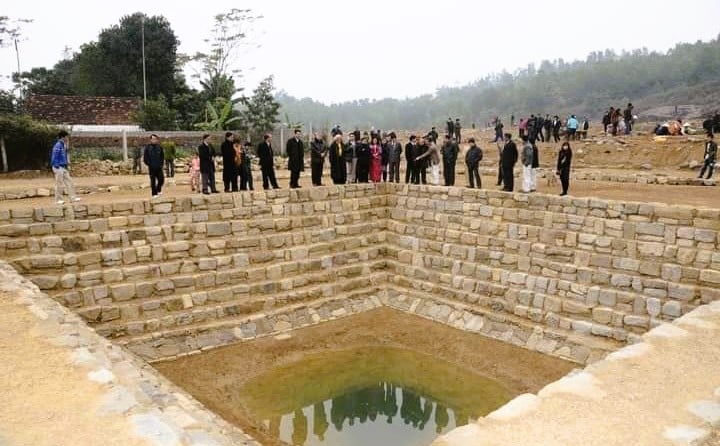
The King's Well at the time it was excavated by archaeologists
“After 4 excavations, archaeologists have discovered another special structure, the King's Well, also known as Ngu Duc or Ngu Duyen. The well is still quite intact, consisting of 9 steps, 5.6 m deep and also has a square outside structure, round in the middle. The well is lined with stones in steps that gradually get smaller. At a depth of about 10 m from the central altar, archaeologists have discovered the water source of the ancient well. The King's Well is used for family worship and fasting before the ceremony" - Mr. Long informed.
Along with architectural relics, archaeologists found many artifacts of many types and materials, reflecting the technical and artistic level of the era, such as rectangular bricks and leaf tiles, which are the most numerous.
Mr. Nguyen Ba Linh, Director of the Ho Dynasty Citadel Heritage Conservation Center, said that although it has existed for more than 600 years, the Nam Giao altar in the Ho Dynasty Citadel is the most intact remaining altar and is considered the most valuable in Vietnam. "The Nam Giao altar has great historical value, contributing significantly to helping the Ho Dynasty Citadel become a world heritage site as it is today," said Mr. Linh.
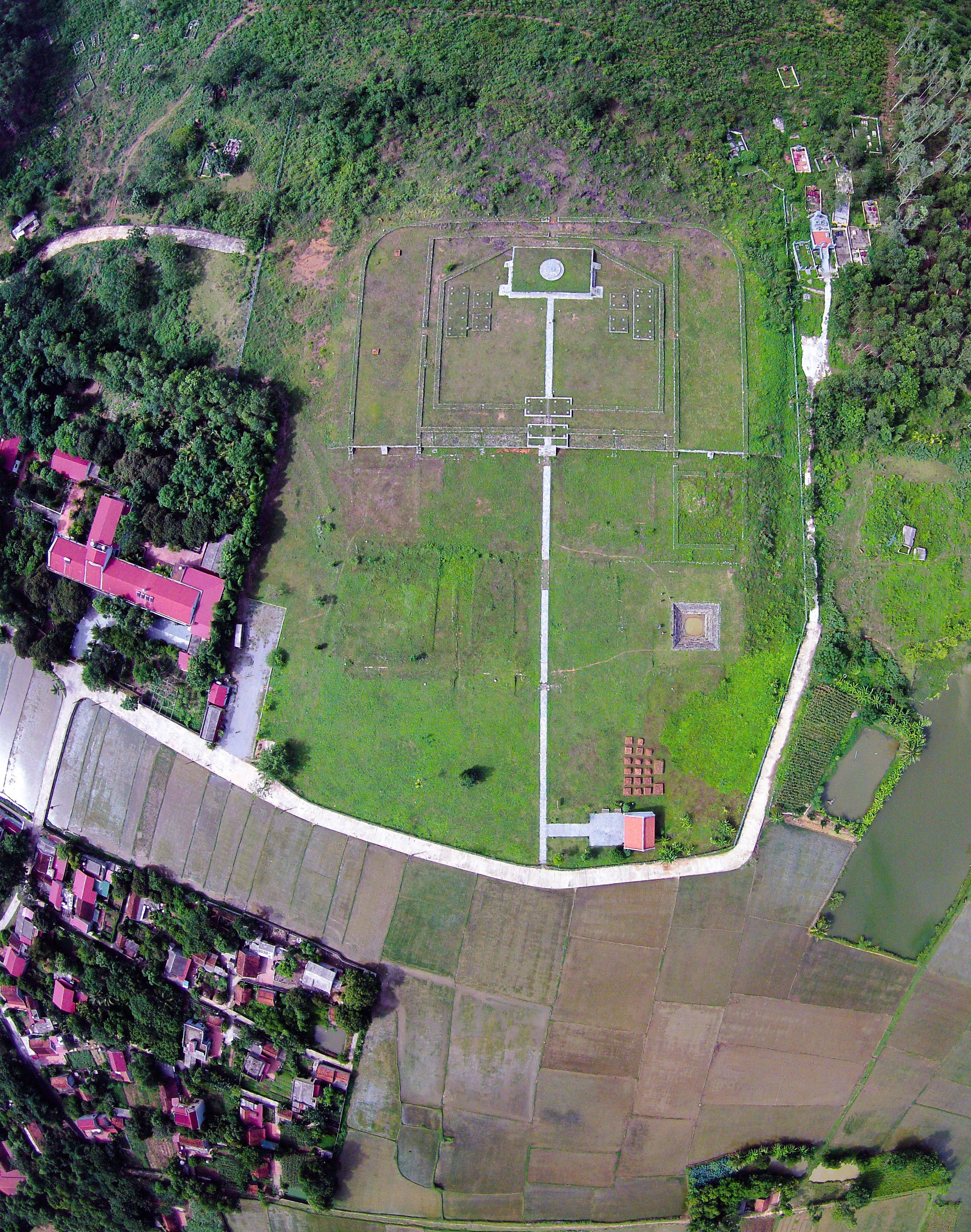
This is considered the oldest and most intact altar in Vietnam.
According to Mr. Linh, with those values, in 1990, the historical and cultural relic cluster including Tran Khat Chan Temple, Giang Pagoda (Tuong Van Tu), Gio Pagoda (Nhan Lo) and Nam Giao Altar were recognized as provincial relics. In October 2007, Nam Giao Altar was recognized as a national archaeological relic.
The Ho Dynasty Citadel is a unique stone architectural work in Vietnam, built in just three months (from January to March 1397). The citadel is also known as Tay Do (or Tay Giai citadel) to distinguish it from Dong Do (Thang Long, Hanoi). This place was once the economic, political and cultural center of Dai Ngu country under the Ho Dynasty (1400-1407). This was the shortest dynasty in Vietnamese history, lasting only 7 years.
After more than 600 years of existence with many historical events, most of the imperial citadel was destroyed, but the citadel remained almost intact. On June 27, 2011, the Ho Dynasty Citadel was officially recognized as a world cultural heritage by the United Nations Educational, Scientific and Cultural Organization (UNESCO).
Source: https://nld.com.vn/dan-te-hon-600-nam-tuoi-o-trieu-dai-ngan-nhat-viet-nam-19625012719203615.htm


![[Photo] Closing of the 11th Conference of the 13th Central Committee of the Communist Party of Vietnam](https://vstatic.vietnam.vn/vietnam/resource/IMAGE/2025/4/12/114b57fe6e9b4814a5ddfacf6dfe5b7f)
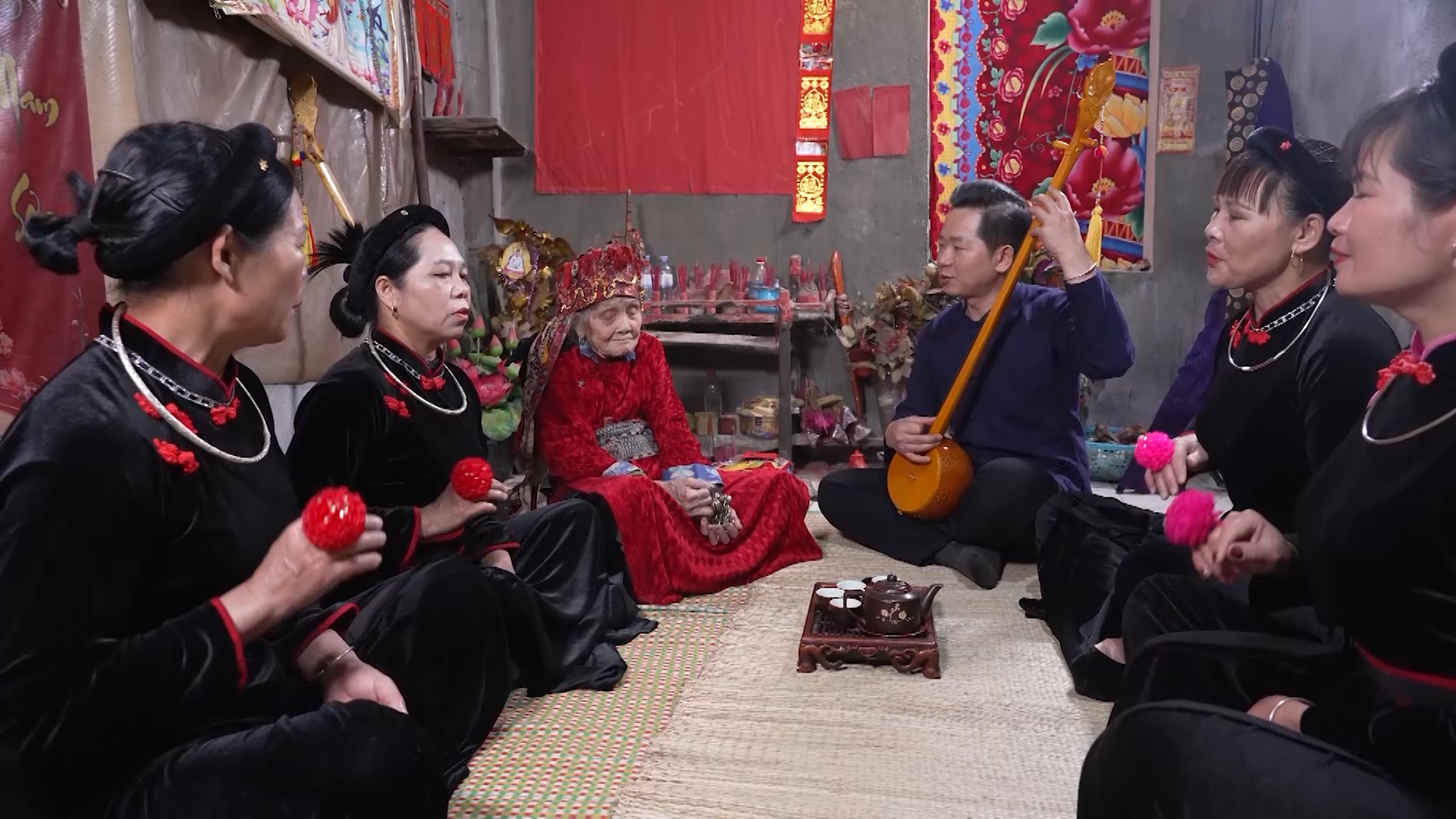






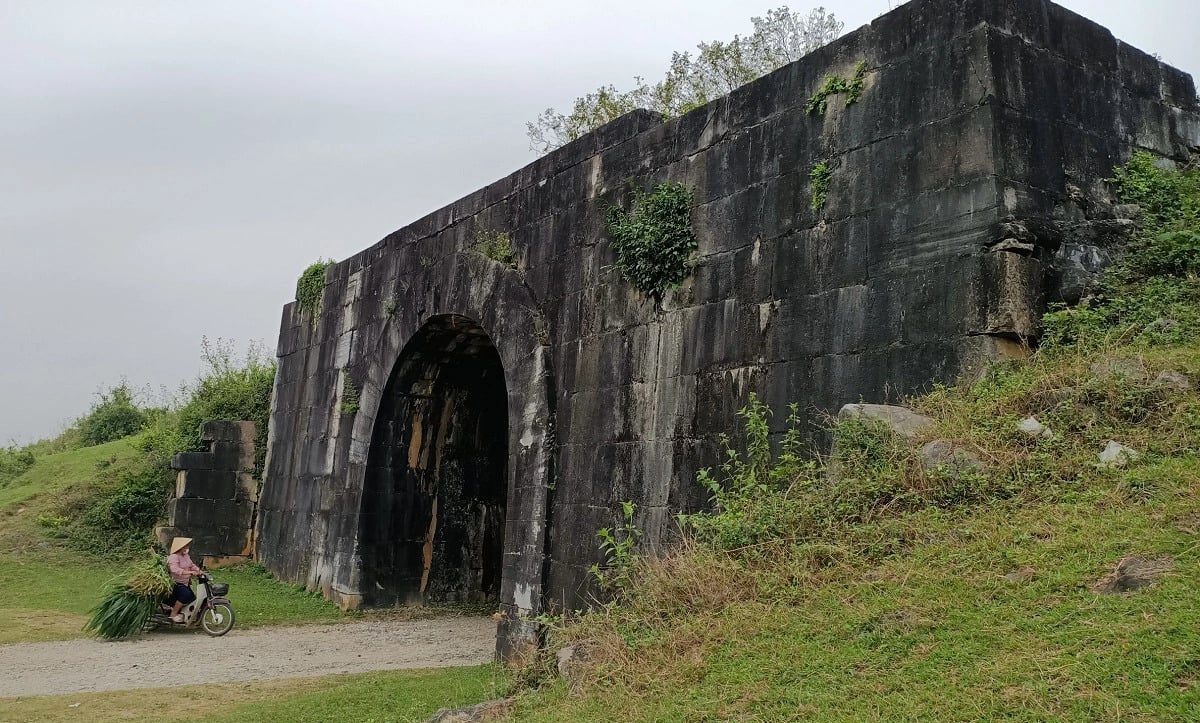

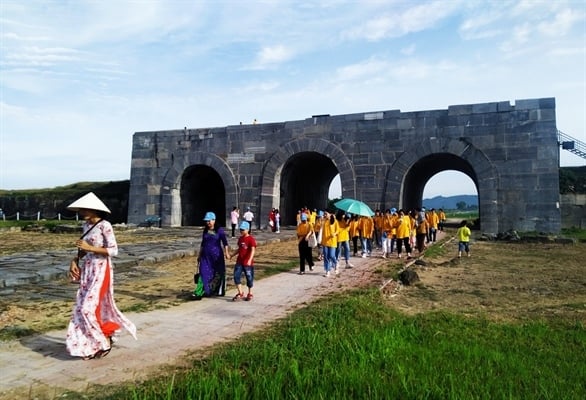



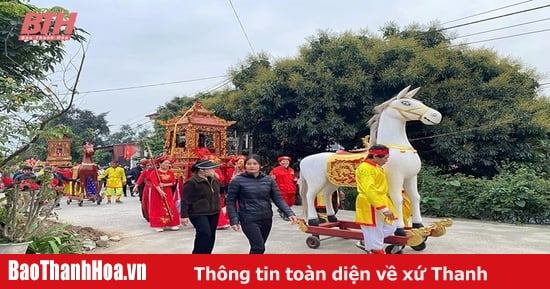

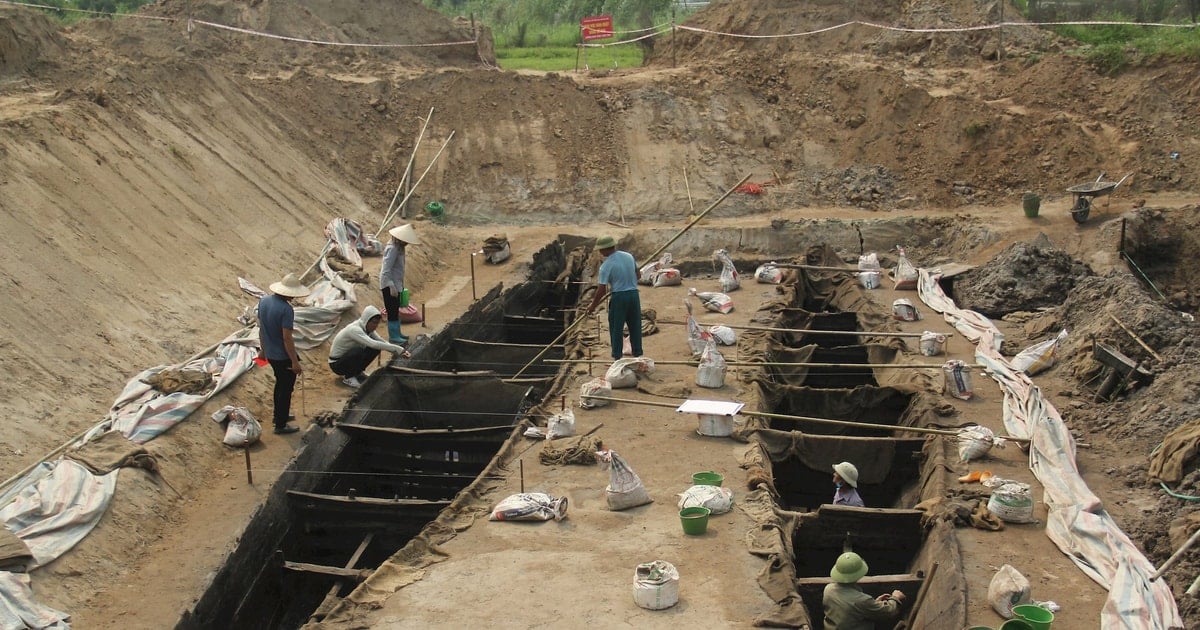






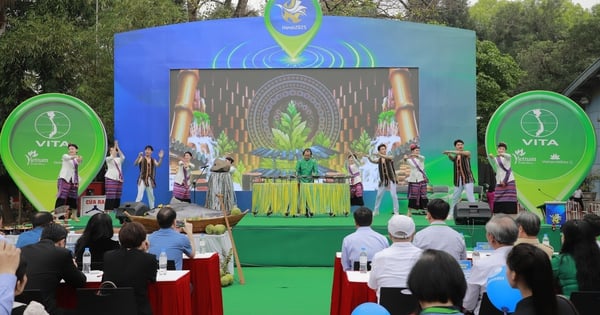







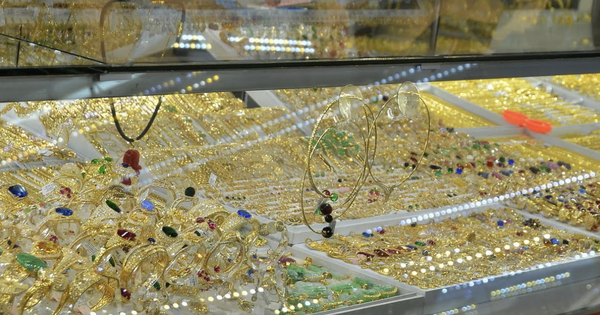


![[Photo] Overcoming all difficulties, speeding up construction progress of Hoa Binh Hydropower Plant Expansion Project](https://vstatic.vietnam.vn/vietnam/resource/IMAGE/2025/4/12/bff04b551e98484c84d74c8faa3526e0)










































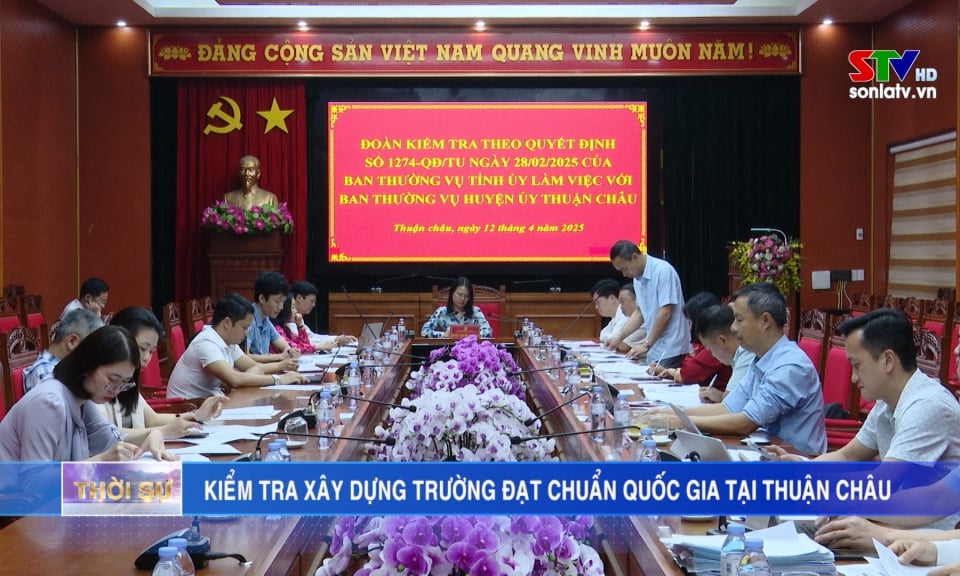
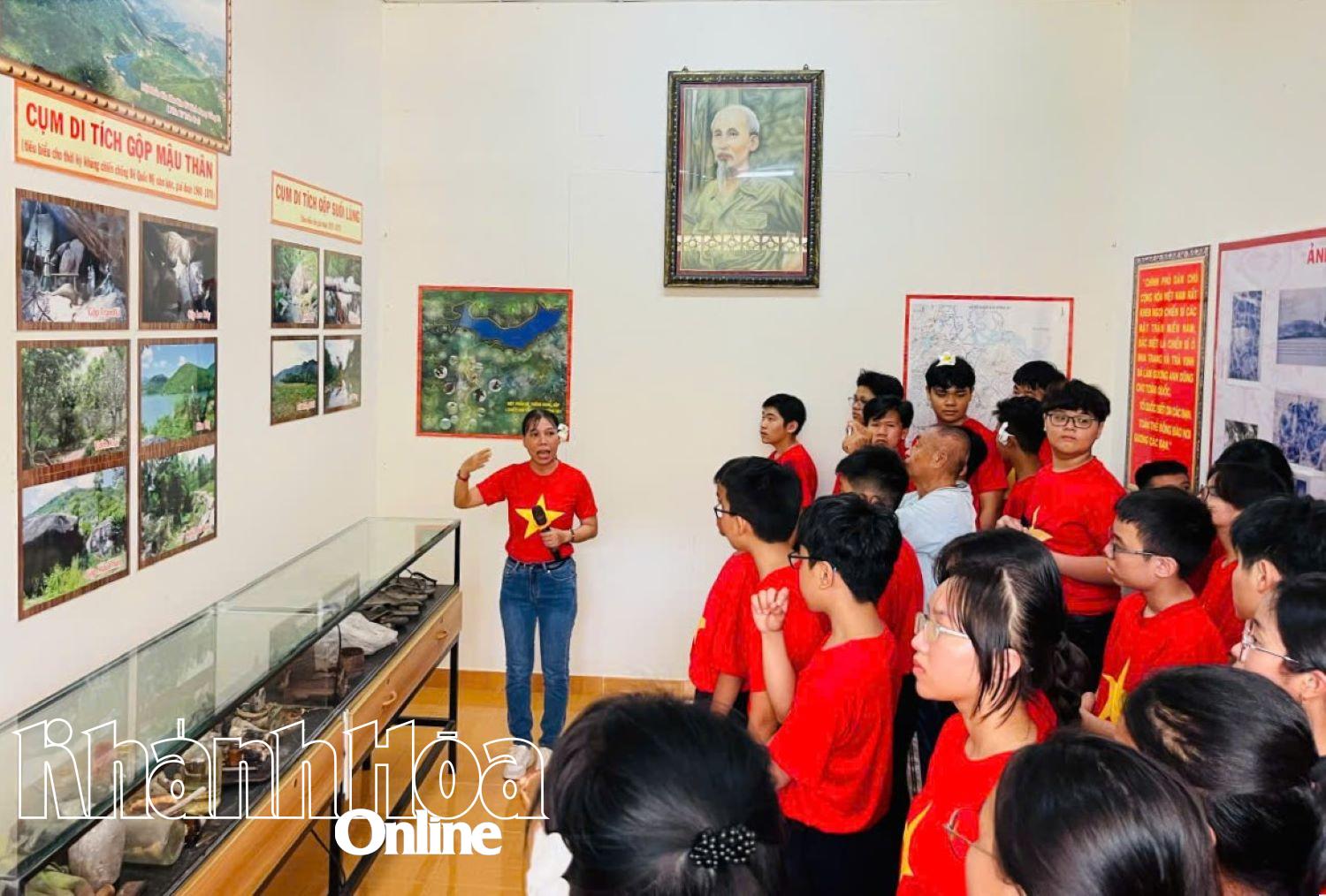














Comment (0)